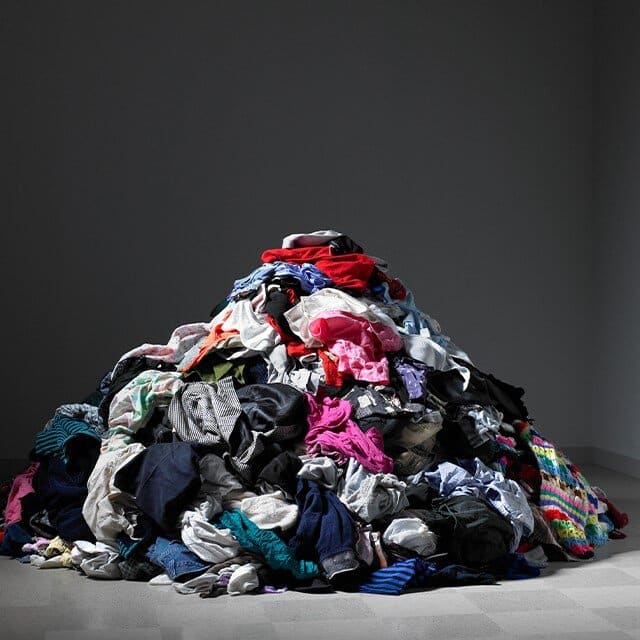Is it Time for Government Intervention for Circular Textiles in Australia?
Australia has the opportunity to become the global leader in recycling and reuse of textile waste thanks to textile recovery business, BlockTexx.
We spoke to BlockTexx Co-Founder, Adrian Jones, about how Australia can lead the way in this solution of global importance.
Every year over 800,000 tonnes of textiles are discarded in Australia with most sent to landfill. However, BlockTexx’s new facility in Loganholme, Queensland, has proven the effectiveness and viability of a circular textiles industry in Australia. BlockTexx has developed and owns technology that separates polyester and cotton materials back into high value raw materials. The recovered PET creates virgin-quality rPET plastic pellets -PolyTexx® – suitable for use in injection moulding, packaging, building products and textiles. The recovered cellulose creates Microcrystalline cellulose – CellTexx® – for use in agricultural, building and manufacturing.
Time for Government Intervention?
So, if the technology exists, the raw materials are plentiful, and there isa downstream market for recycled products, what stops Australia from scaling? According to Jones, it’s a relatively minor legislative addition to policy which already has bi-partisan support. “We already have a plastics export ban, so to enact a textiles export ban in Australia is both logical and necessary,” said Jones. “As a nation, we understand that you can’t just send your problem overseas and now we have proof of concept that textile recovery, recycling and reuse is viable,” he said.
The fashion industry is currently managing the issue via voluntary agreements. However, with only six retailers signing up for the voluntary Seamless Scheme, Environment Minister, Tanya Plibersek, has put the fashion industry on notice and given until June 2024 to sign up or face regulation directly. The other important player in the mix is procurement departments, both government and corporate, who could be encouraged to purchase more recycled Australian made plastic products rather than importing cheap items. “The higher cost of manufacturing products from recycled materials in Australia is a relatively short-term issue,” said Jones. “As we are seeing with the plastics export bans, private businesses will come in and back this new industry, they just need some assurance via government policy,” he said.
The Secondhand Clothes Market
While taking clothes to the Op Shop may seem like the best course of action, governments around the world are questioning the environmental impact of this practice. The European Environment Agency says: “The fate of used textiles exported from the EU is highly uncertain. The perception of used clothing donations as generous gifts to people in need does not fully match reality. Used clothing is increasingly part of a specialised and traded global commodity value chain. In 2019, 46% of used textiles ended up in Africa. Imported, used textiles on this continent primarily go towards local reuse as there is a demand for cheap, used clothes from Europe. What is not fit for reuse mostly ends up in open landfills and informal waste streams.”
“More Governments are questioning the final destination of the 80% of donated clothes that are not fit for reuse,” said Jones. “Surely a better alternative is to collect and recycle in Australia and fuel the circular economy here,” he said.
Australian Waste & Recycling Expo 2024
AWRE returns to the ICC Sydney, 24-25 July 2024!
Join our Mailing List
To receive industry updates, information on exhibitors and products, seminars, registration details, activities and conference updates, and more!
-
Subscribe to NSW's biggest platform for waste, recycling and resource recovery
- SUBSCRIBE

